Acoustical Materials, Solving the Challenge of Vehicle Noise
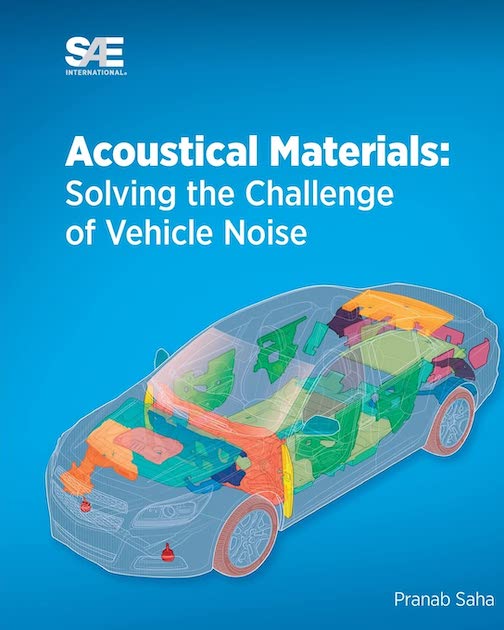 by Pranab Saha
by Pranab Saha
Based on the book title I anticipated reading about the composition of the materials used along with appropriate applications of each during the manufacture as well as the restoration of vehicles. Turns out, that’s not quite what I found between its covers.
By the time actual materials were addressed, I had read about two-thirds of the book and my previous lack of knowledge had been upgraded considerably. The book’s author, Pranab Saha, had first presented and defined terms and then described various methodologies for accurately identifying the sources and causes of the sounds so that it would then be possible to determine how best to dampen or perhaps eliminate them altogether.
You will never think of sounds in quite the same way after reading this book.
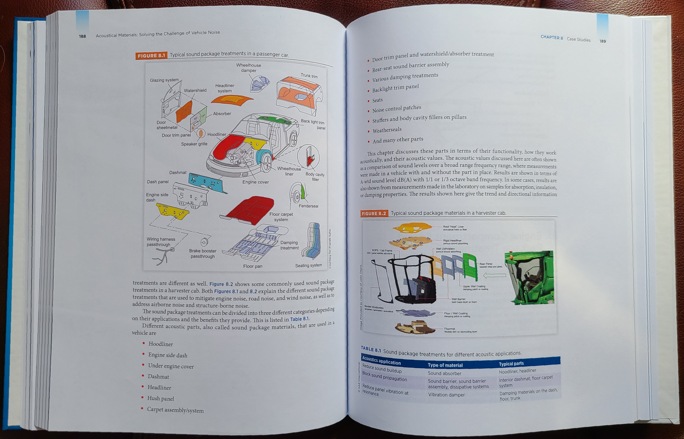
For instance: sounds, and the human perception of them, has its own very specialized vocabulary. There are words such as phon, Bark, sone, acum, vacil and more (all of which a computer’s spell check fusses over). Each is well defined and explained by Saha.
With the discussion of the materials themselves came more new vocabulary. As examples, dashpads and carpeting are constructed to be either barrier decouplers or dissipative. Windshield glass can be (and often is) specially constructed using specific materials laminated in layers in order to make its contribution to reducing noise.
Receiving, then reading the book also brought some unexpected very pleasant surprises. I was just becoming acquainted with a fellow Society of Automotive Historian’s member and happened to mention during an exchange with him the title of this book. He immediately responded with, “Oh, that’s Pranab Saha’s. He’s a terrific guy and every time I was able to visit with him I learned so very much.”
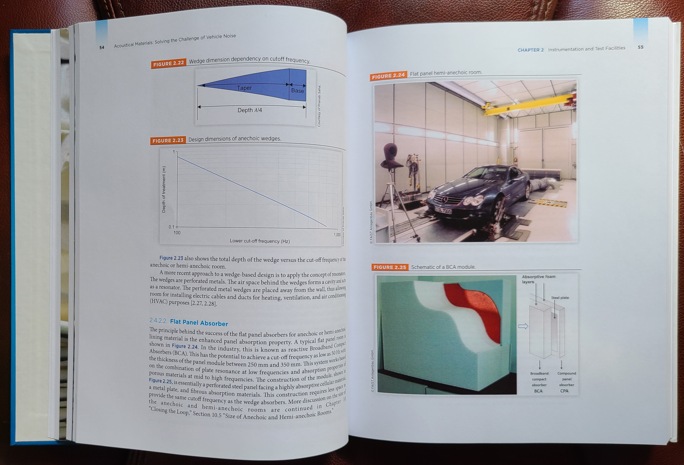
Turns out Saha is indeed as excellent a communicator on paper as vocally—even with very technical and complex material. And, in fact, the publisher of this book, SAE International, recognized his “unique and significant contributions which strengthen SAE’s ability to advance mobility knowledge and solutions” by awarding him its 2021 Medal of Honor.
Who does your commentator perceive as the reader of this book? Certainly anyone in any phase or facet of the car building world be it new car manufacturer’s engineers or a street rodder or customizer or restorer of any age/type of vehicle. The knowledge gained from this book could enable taking the initial build or restoration to an even higher level for the client or customer simply because so many of these sound isolating techniques are invisible to the eye that, once finished, the ability to score high in judging won’t be adversely affected while the client/owner’s enjoyment of the finished car will be enhanced. Others who will benefit are students—as well as the instructors—of auto shop classes everywhere be they at the high school, trade school or at higher level institutions such as McPherson or the Pennsylvania College of Technology, which is under the Penn State umbrella, or others.
Some of the more esoteric information may not necessarily be useful to the hand’s-on worker such as the chapter that explains the standards and methods used to rate the various materials. But the information that includes those details and computations and graphs is nonetheless interesting. Each of the book’s ten chapters concludes with its individual topic-specific bibliographic “references”.
Yes, this book is technical and admittedly not the sort of light, entertaining bedtime read with which you’ll read yourself to sleep. That said, it is well worth whatever effort you expend to read and comprehend all that the acknowledged expert in the field, Dr. Saha, has to share in words, diagrams, and images in his Acoustical Materials book.
Copyright 2022 Helen V Hutchings (speedreaders.info)


 RSS Feed - Comments
RSS Feed - Comments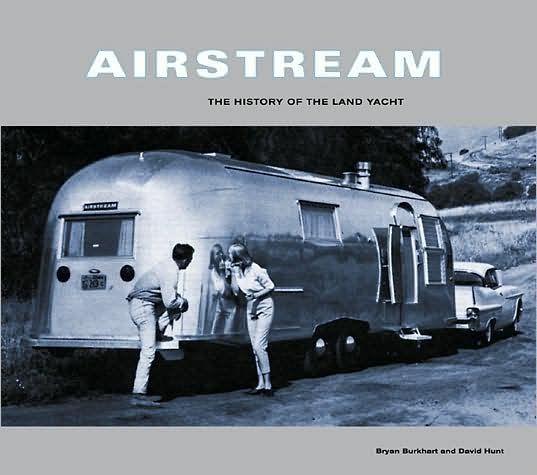
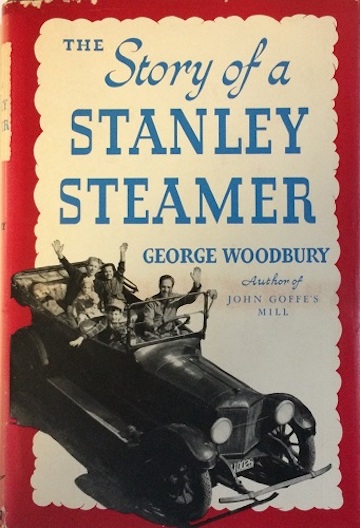
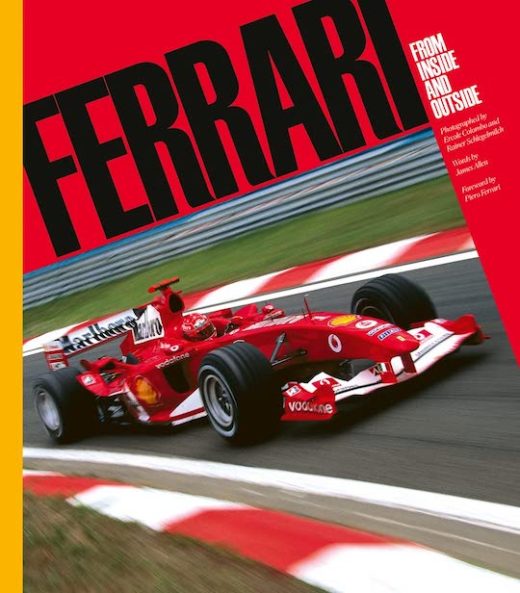
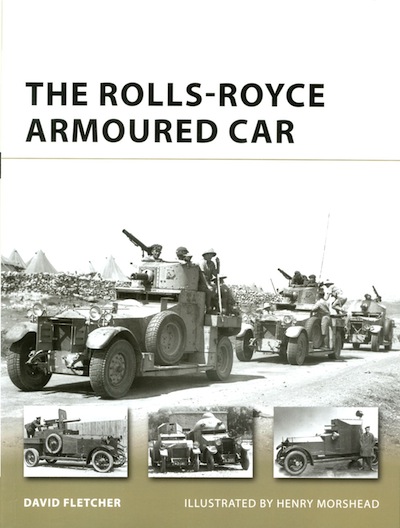
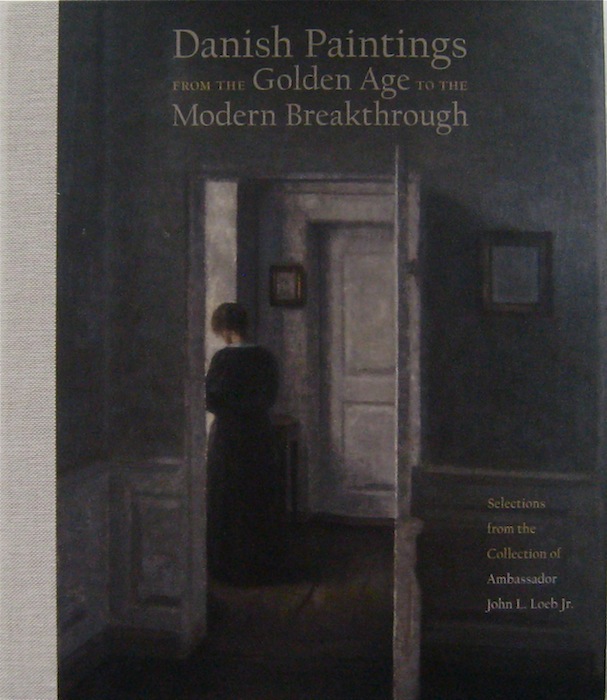

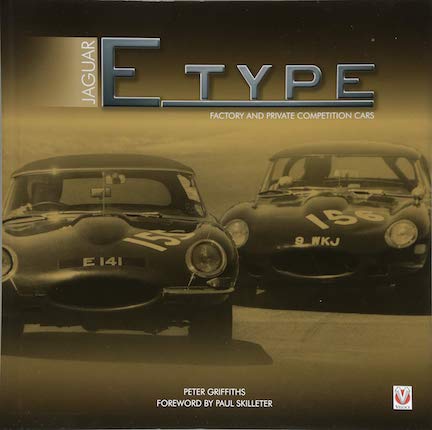

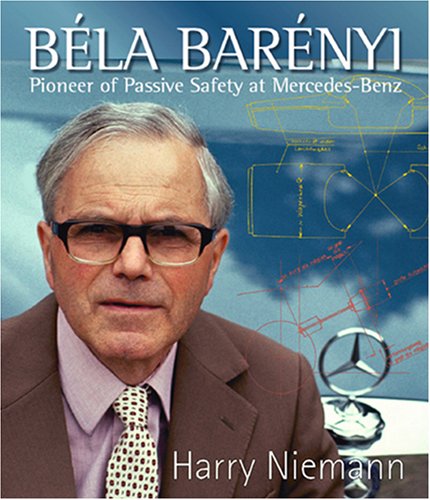
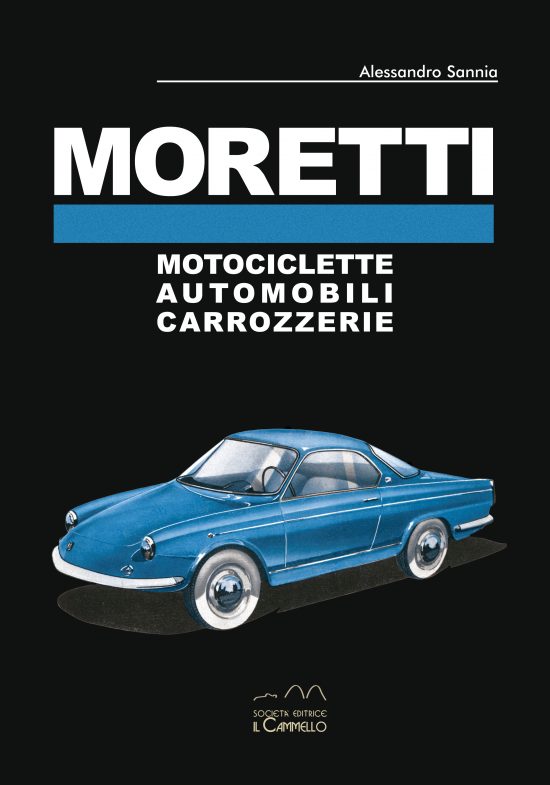

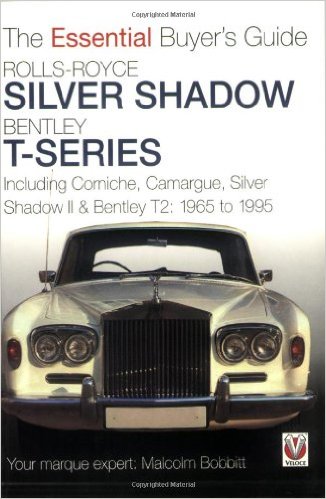
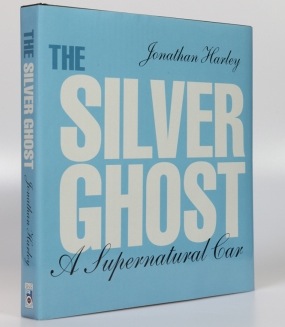

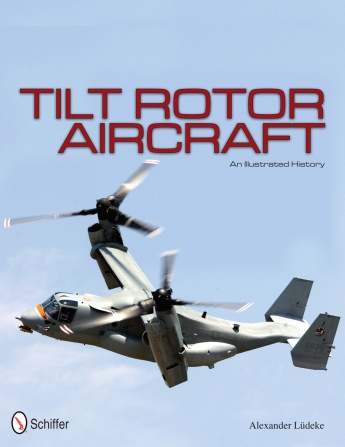

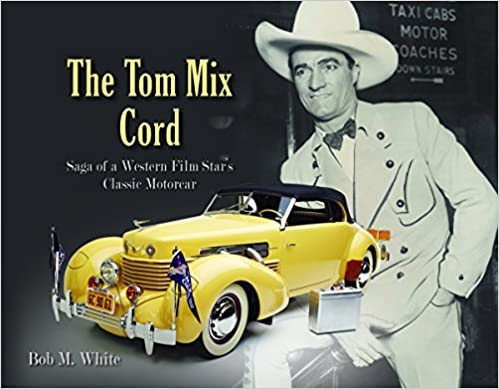
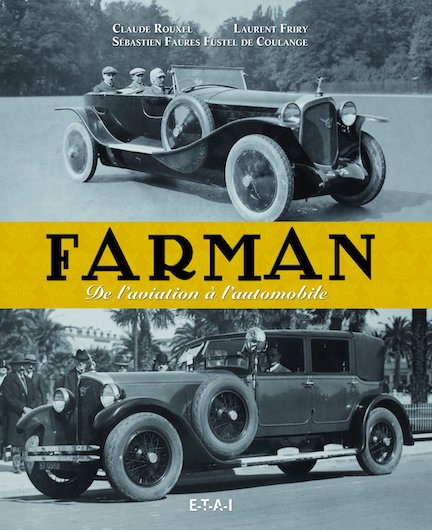
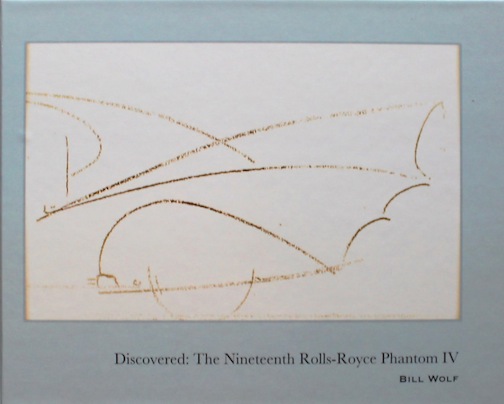
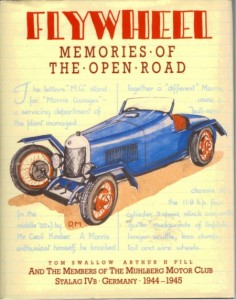

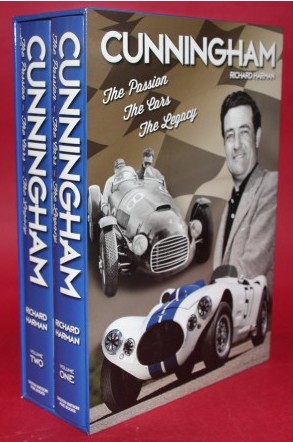
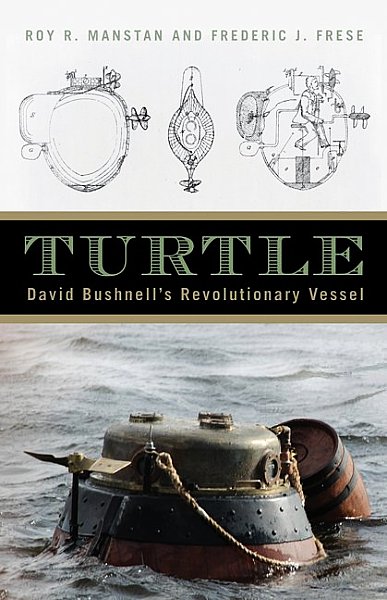

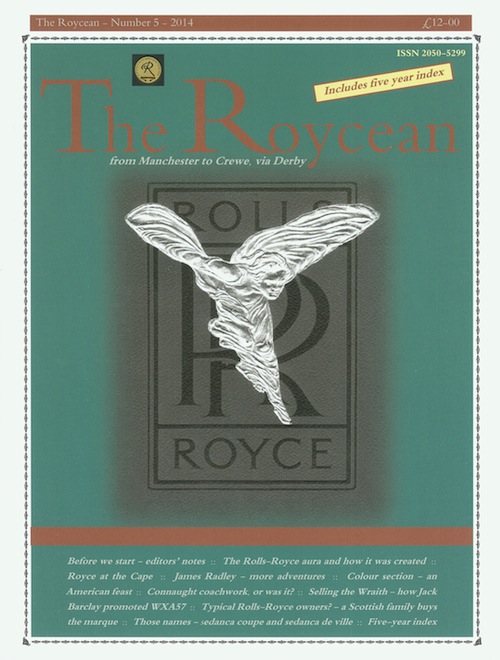
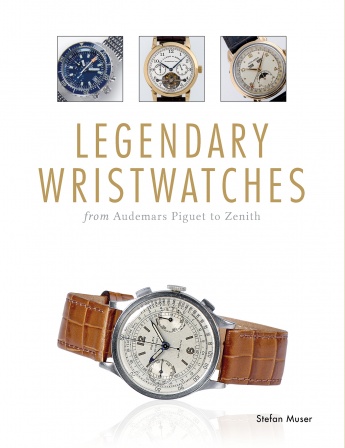
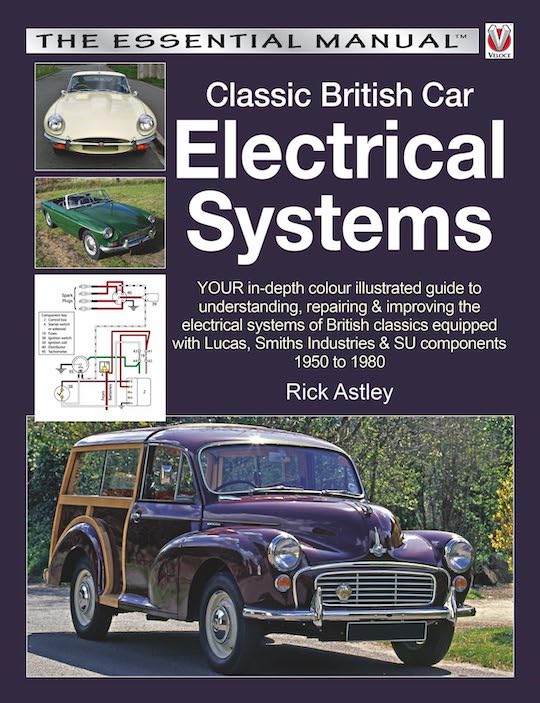

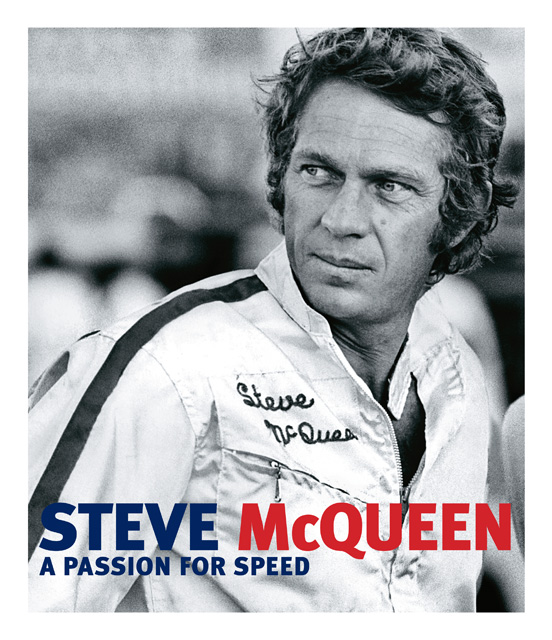
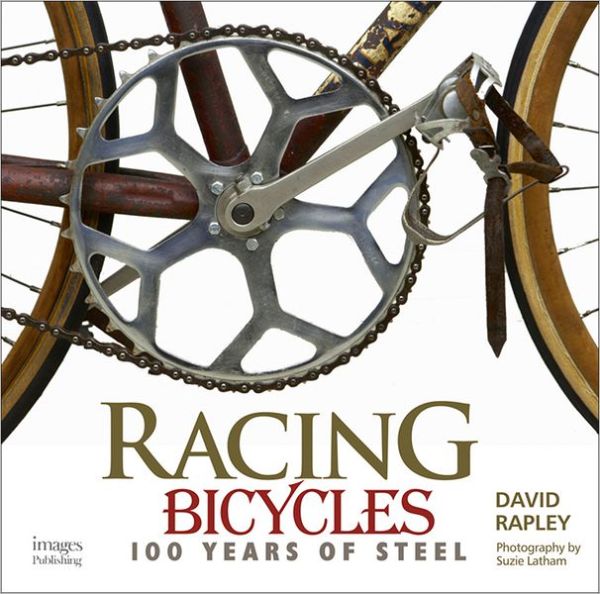
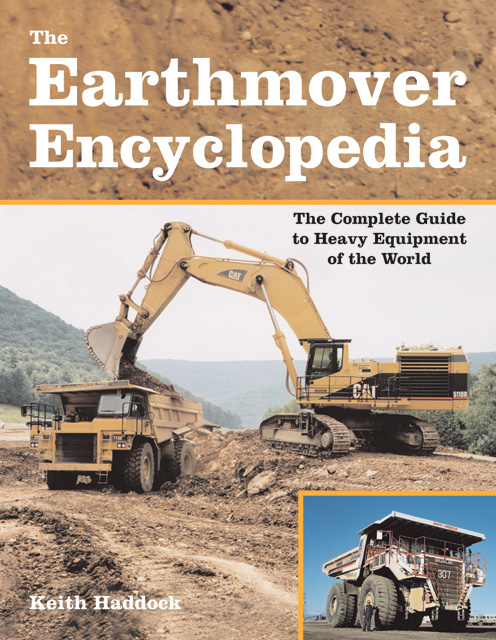

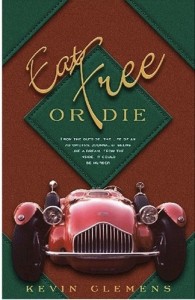
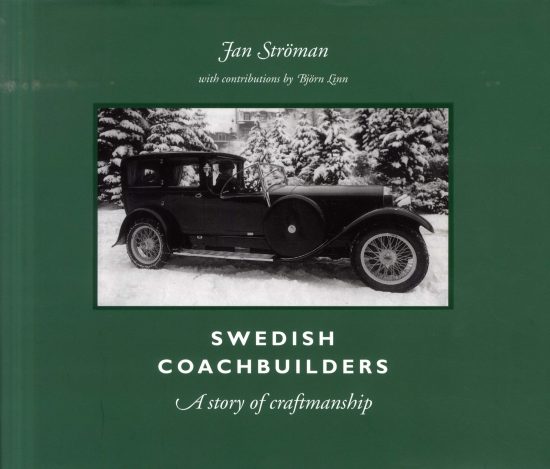



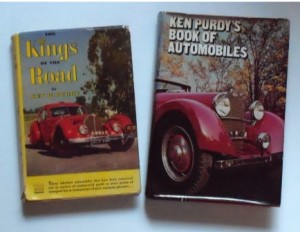
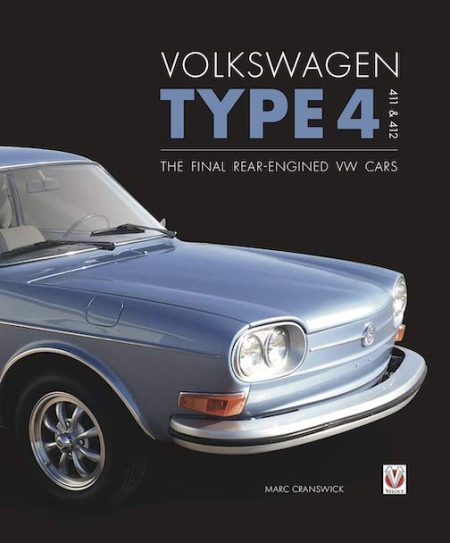
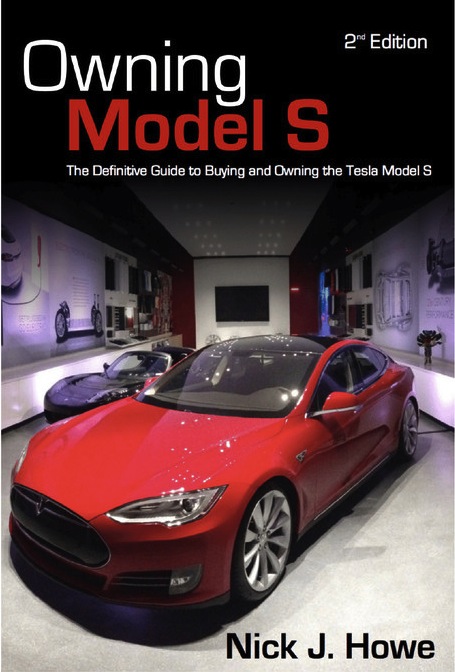
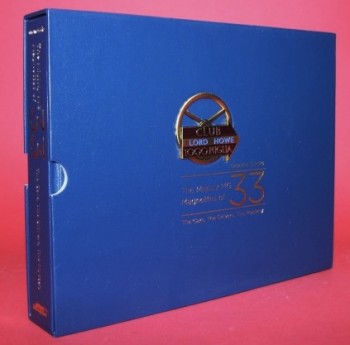

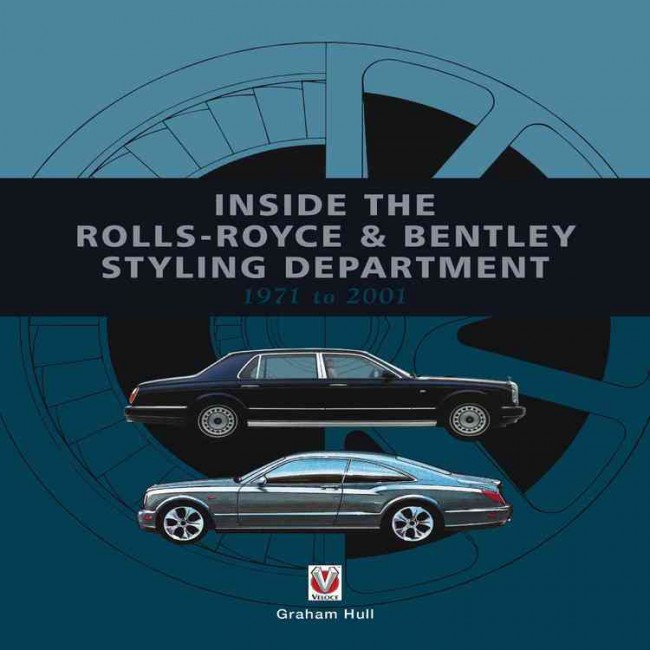
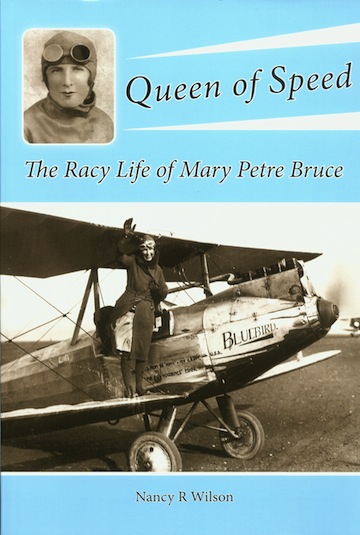


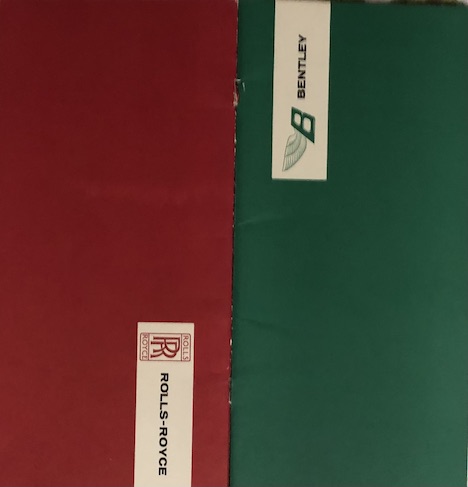



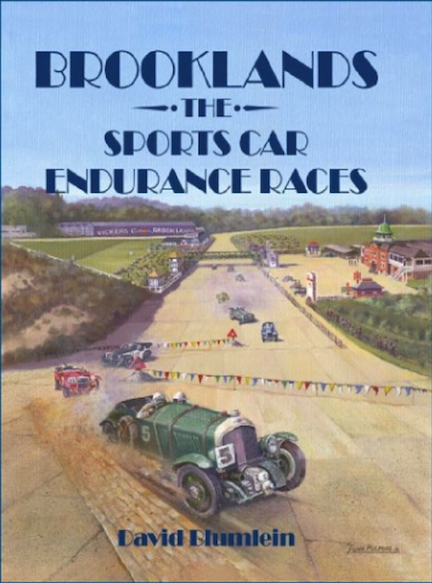



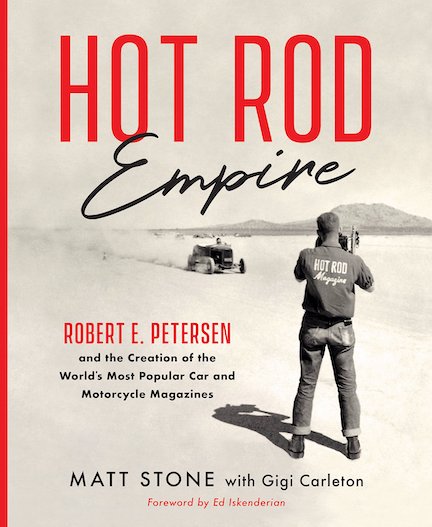
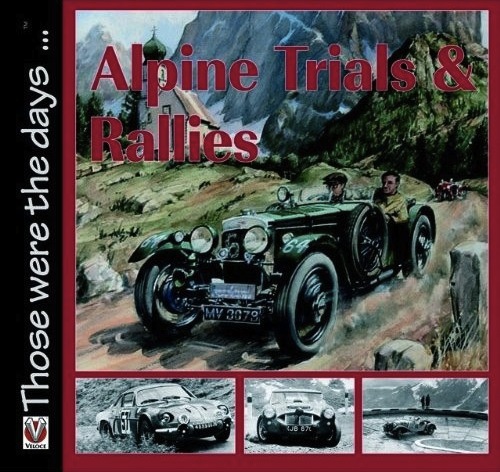

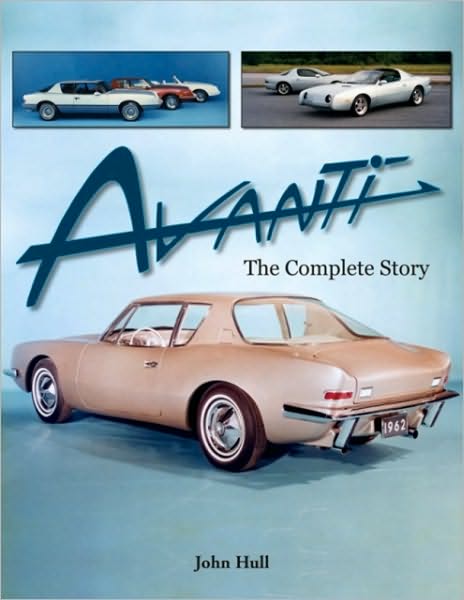


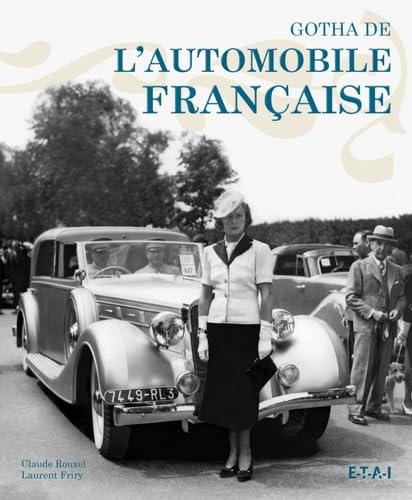
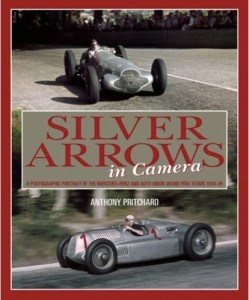
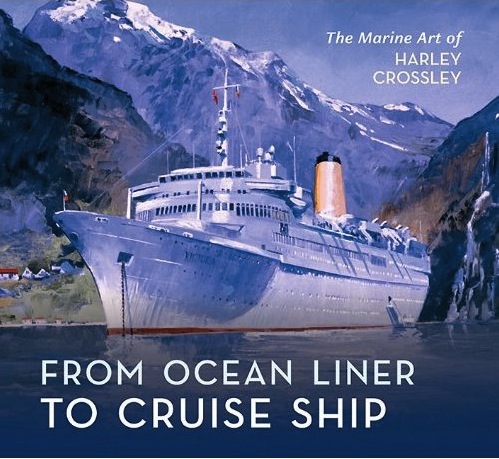
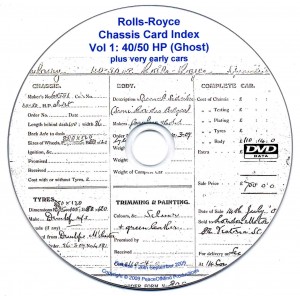
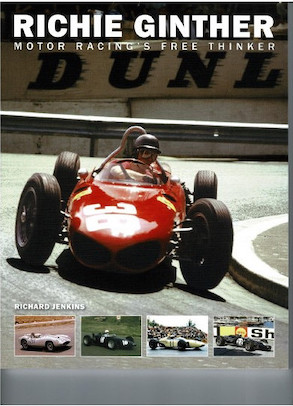
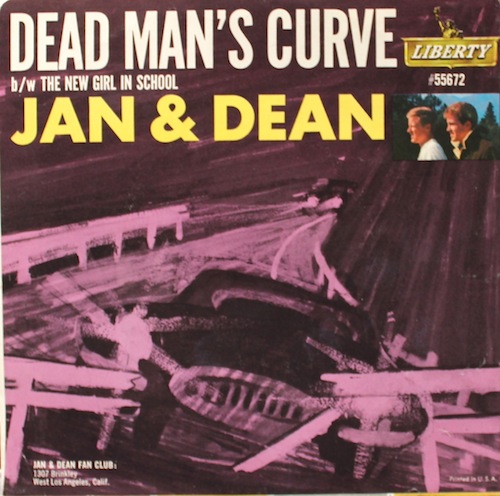

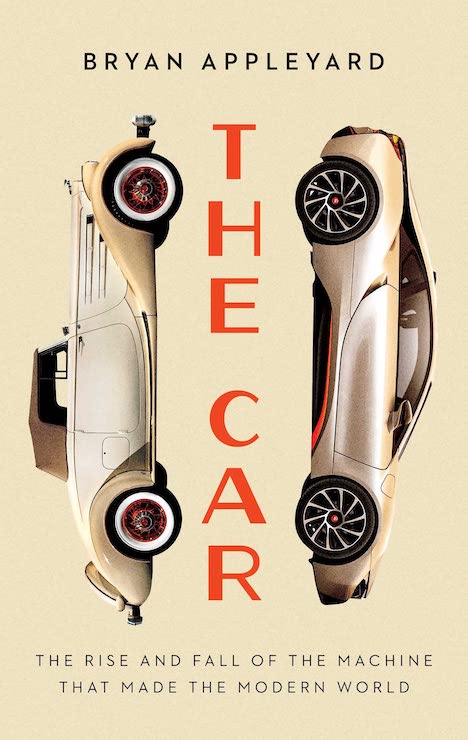



 Phone / Mail / Email
Phone / Mail / Email RSS Feed
RSS Feed Facebook
Facebook Twitter
Twitter